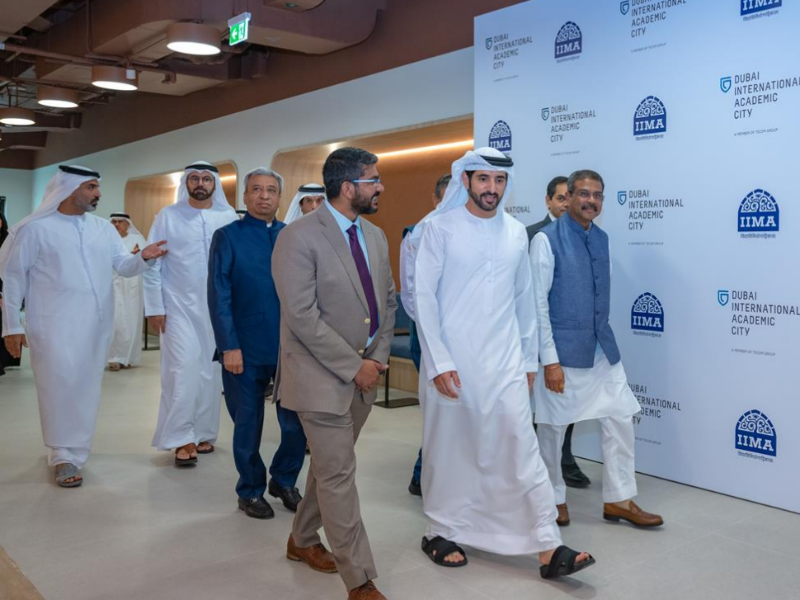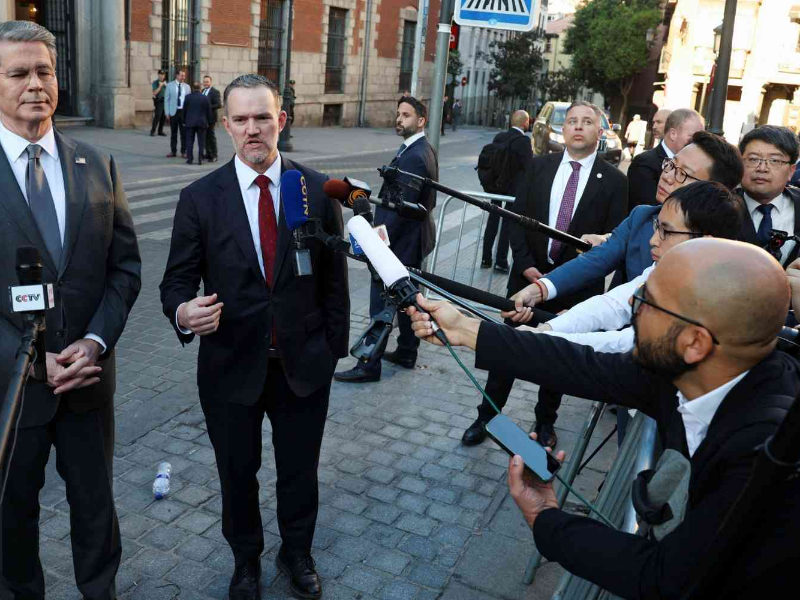The miracle of unknown deft-hands

Where trump should have taken the note of its own companies, he is finding the cause of US woes inside the other countries. The manufacturing bases of most of the US multinational companies are the countries like China, India, Indonesia, Vietnam, Mexico and Malesia, the destinations of skilled labor in abundance.
Lowe, to begin with, is America’s that company which imports 20 billion dollars worth domestic goods into the country (US) from its manufacturing units lying abroad in one or other country mentioned above. No different is the story of other companies. Engaged in the business of garments over $ 23 billion in the country is the company none other than Gap ; Dell with laptops/computers, $ 25 billion; selling the shoes as higher price as 10 times in US that is Nike, $ 27 billion; Home Depot of domestic goods, $ 43 billion; Target running super-markets chain , $ 50 billion; Ford Motors, $ 70 billion; General Motors , $ 114 billion; Walmart, $ 200 billion.
Walmart, more notably , is the company that sells not a high-end product , but mostly daily-use home items. Means, even the common goods that US is now unable to produce. In the total trade deficit of $ 1 trillion these big companies contributes about $ 600 billion, notably. (Insights) The consumers buy the product taking them to be the ‘US-made’ . Whereas from high-tech engine to even paltry seat-cover almost each component is manufactured by the deft hands of those countries which are called under-developed.
As for India some in the circle of experts view that the world though regard us as IT super-power but, unlike China, we paid little attention towards building up indigenous capacity in the essential critical technology like video – conferencing ; social-video ; e-mail ; hardware ; swadeshi apps and so on. If attention was paid , we would be far better-placed vis-à-vis US in today’s time of tariff war of one-upmanship. The argument , of-course , appears to hold ground, not correct in entirety however.
Where ever in the world that the development in cutting edge technology happened, it began with the innovation in defense-sector first. In our defense-sector the mobile-phone operating system that is being used is named as BharOS which is indigenously developed by IIT Madras. So we have developed through open-source technology our Desktop operating system , BossOS. To an extent Space-sector has also gone Swadeshi-way . Of course , where in the interest of the country that the necessity for better technology was felt , we opted France’s Safran to build engine for 5th generation AMCA Jet. Single-blade aviation gas turbine that the country has produced on its own though.
Likewise one should keep in the mind that the Agni-missile , fighter planes, defense-system , helicopter and host of other armories that India built up indigenously. Nic.in is our Swadeshi Server to be used at Bureaucratic level.
Once Europe was in the forefront as technological power, later left behind by US . Now it is also coming out of its slumber . Like India, it is also wakened up by US. We are not alone, and then in US it is Indian origin engineers, doctors, and management experts that demography-wise contribute more in US success in having toehold over technological rise. If some technology is coming into India from abroad, to abroad from India is invested the skilled work force. After US, Europe and now its eastern counterpart Russia has grown fascinated with India’s abounded work-force.
Even as the Indian envoy in Russia, Vinay Kumar, says, Russia being grappling with shortage of local workforce , it wants the need to be offset by India. More notably once India imported 75% of arms from Russia which has now come down to 35% , hence both now interested in jointly exploring new area to sustain thriving relationship.
Moreover it is the gift of India’s advanced IT-sector that UPI-payment system outclassed VISA-Mastercard. We do master the superiority, but which govern the international trade that comparative cost-theory should also not be thrown up in the smoke before hastening into forming conclusion. To be opting for the good that is easily available and comparatively cheaper than the one at home that upon this principle runs the global-trade in normal condition.
The issue of rare earth minerals is the case in the point. With exploration being too rigorous a process , its extraction and then refinement is too hazardous either . Hence not cost effective , we previously opted for its import, like others in the world. However, when China, its biggest exporter, began to weaponize it , we now have begun to work upon making ourselves self-reliant through launching Critical Minerals Mission (CMM).



 Rajesh Pathak
Rajesh Pathak













.jpg)

Comments
Start the conversation
Become a member of New India Abroad to start commenting.
Sign Up Now
Already have an account? Login